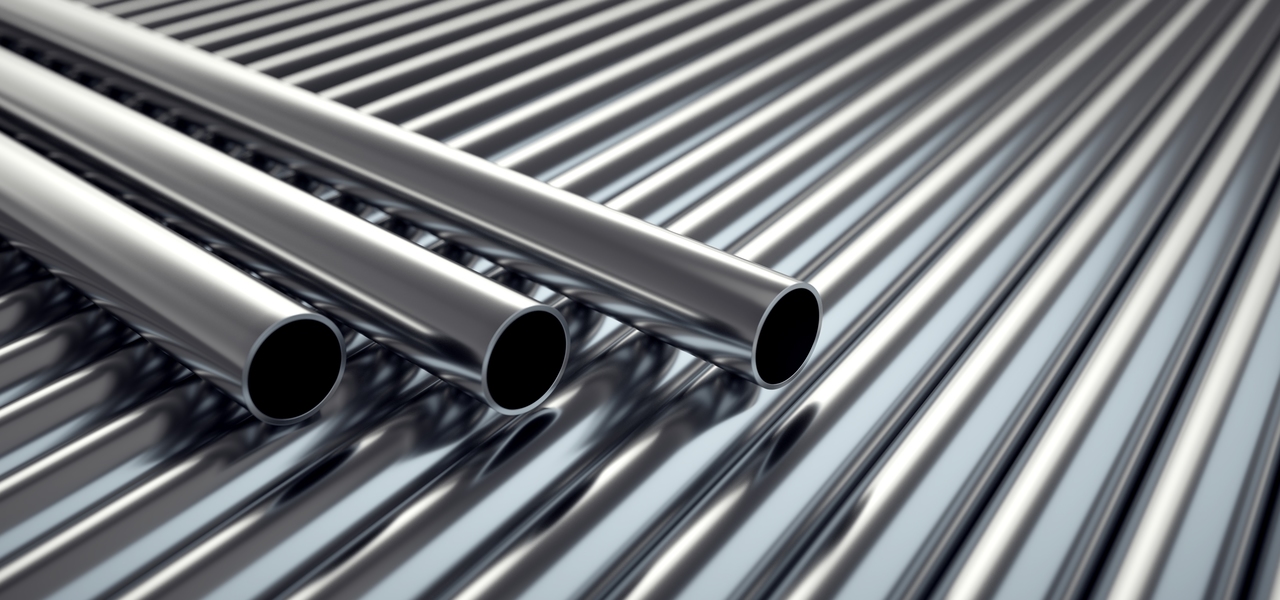
Galvanized Iron (GI) pipes are one of the most widely used piping materials in both industrial and residential settings. Known for their durability, strength, and resistance to corrosion, GI pipes are versatile and play a critical role in various applications. Their galvanized coating, which involves a layer of zinc, provides an added layer of protection against rust and environmental damage, making them ideal for long-term use. Below, we explore the common applications of GI pipes in industrial and residential contexts.
Water Supply Systems
Water supply systems are one of the main applications for GI pipes. They are widely utilized in commercial, industrial, and residential facilities to convey potable water. They are a dependable option for both overhead and subterranean water pipelines because of their ability to withstand corrosion, which guarantees that the water stays pure. GI pipes are also used by rural water supply networks and municipalities to provide water across great distances.
Scaffolding and Structural Support
In the construction industry, GI pipes are widely used for scaffolding and structural support. Their high strength-to-weight ratio makes them ideal for creating temporary frameworks that support workers and materials during construction projects. Additionally, GI pipes are used in the construction of fences, gates, and railings due to their durability and ability to withstand harsh weather conditions.
Plumbing and Drainage Systems
GI pipes are a popular choice for plumbing and drainage systems in residential and commercial buildings. They are used for both freshwater supply and wastewater disposal. Their ability to handle high pressure and resist corrosion makes them suitable for indoor and outdoor plumbing applications. In drainage systems, GI pipes are used to transport sewage and stormwater efficiently.
Industrial Applications
In industrial settings, GI pipes are used for a variety of purposes, including transporting chemicals, gases, and other fluids. They are commonly used in manufacturing plants, oil refineries, and chemical processing units. The robust nature of GI pipes ensures they can withstand harsh industrial environments, including exposure to corrosive substances and high temperatures.
Agricultural Irrigation
GI pipes are extensively used in agriculture for irrigation systems. They are ideal for transporting water from sources like wells, rivers, and reservoirs to fields. Their durability ensures they can withstand the rigors of outdoor use, including exposure to soil, moisture, and UV rays. Farmers also use GI pipes for sprinkler systems and drip irrigation, ensuring efficient water distribution.
Firefighting Systems
GI pipes are a critical component of firefighting systems in buildings and industrial facilities. They are used to create fire hydrant systems and sprinkler networks that deliver water or fire retardants in case of emergencies. Their ability to handle high pressure and resist heat makes them a reliable choice for fire safety infrastructure.
Electrical Conduits
In residential and industrial electrical systems, GI pipe are often used as conduits to protect electrical wiring. They provide a sturdy and fire-resistant casing for wires, ensuring safety and preventing damage from external factors like moisture and physical impact.
HVAC Systems
GI pipes are also used in heating, ventilation, and air conditioning (HVAC) systems. They are employed for ductwork and ventilation pipelines, ensuring efficient airflow and temperature regulation in buildings.
Conclusion
GI pipes are an indispensable material in both industrial and residential settings due to their strength, durability, and corrosion resistance. From water supply and plumbing to scaffolding and firefighting systems, their versatility makes them a preferred choice for a wide range of applications. As technology advances, GI pipes continue to evolve, offering even greater reliability and performance for modern infrastructure needs. Whether in a small residential project or a large-scale industrial facility, GI pipes remain a cornerstone of efficient and sustainable construction.











